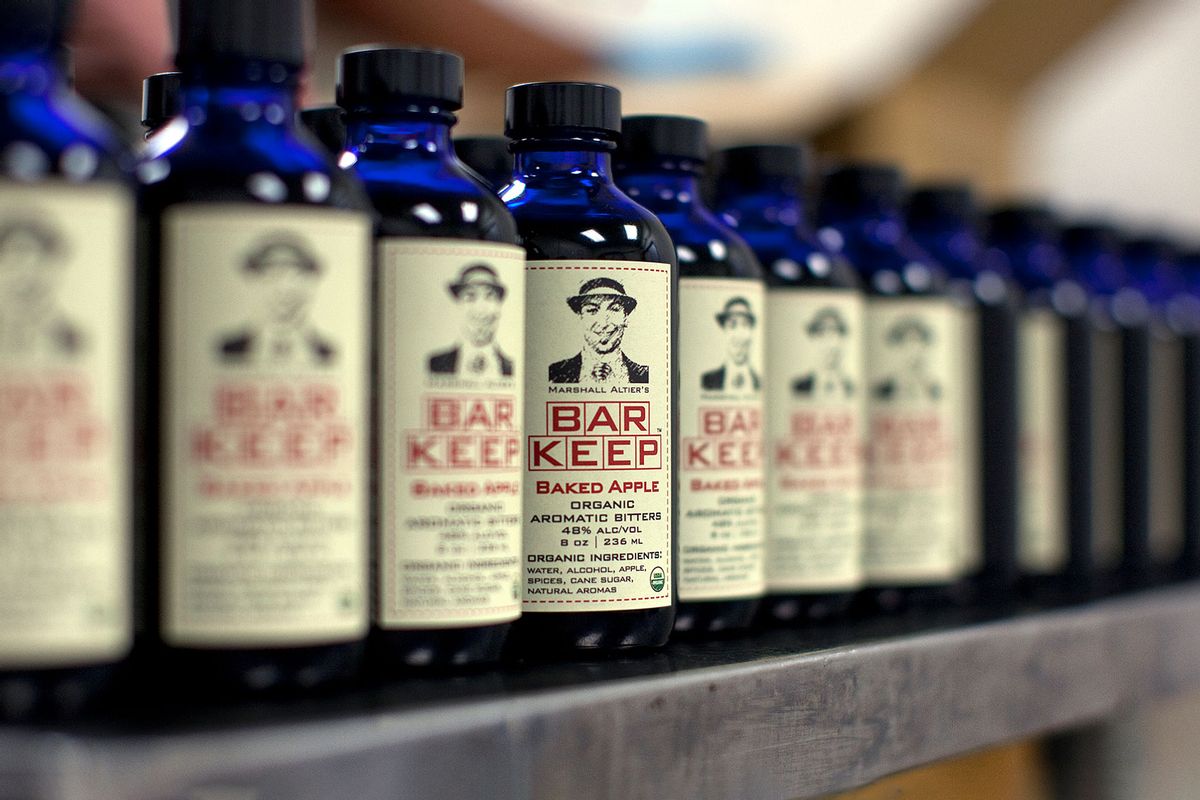Bitters belong in so much more than just cocktails

A few weeks back, a colleague was telling me about a non-alcoholic drink she made that she really enjoyed It was comprised of Ghia, Caleño Dark & Spicy, hibiscus syrup, orgeat, lemon juice and cherry rooibos bitters. That’s right — cherry rooibos bitters. (Yeah, now you see why I was so intrigued.)
Truthfully, I didn’t know all that much about bitters; I knew that most drinks only called for two to three shakes of the minuscule bottle and I didn’t feel like shelling out the money for what amounts to such an infinitesimal amount of liquid. However, that interaction led me down a rabbit hole to learn about all the amazingly underutilized uses for bitters, which tend to be confined to cocktails and, more recently, non-alcoholic drinks.
So, if you’re not totally sure what bitters are or how to use them and figured that they were simply an ingredient for cocktails: 1) you are not alone 2) you are quite mistaken.
“Think of bitters like salt and pepper for a cocktail,” Kate Dingwall writes in Wine Enthusiast. ” A sprinkle seasoning the balance out the flavors of the dish.” Comprised of a mix of alcohol, botanicals, herbs and spices, bitters truly embody the term “just a dab will do ‘ya.” You don’t need to much at all to totally shift the flavor profile of a drink.
Interestingly enough, the history of bitters is actually more health-based, when they were as a balm for gastrointestinal issues — hence the “digestive” moniker in the title digestive bitters. They’re also often called “aromatic” bitters, too. Of course, bitters soon outgrew their medicinal origins. While some may still use them as digestive aids, that is far from their primary purpose in this day and age.
Nino Padova writes in Liquor.com that “technically, a cocktail is not a cocktail unless it contains bitters . . . a 1803 periodical [notes that a cocktail] must comprise four ingredients: spirits, sugar, water and bitters.”
Bitters come in a spectrum of flavors, from orange and cherry to chocolate and walnut. Of course, different bitters pair well with different liquors and flavors. Some bitters may add a refreshing, lighter note, while others may add a deeper, darker nuance to the drink.
Want more great food writing and recipes? Subscribe to Salon Food’s newsletter, The Bite.
So, if you’re not a drinker, but you’re intrigued, take some of my colleague’s advice: Add a spritz of bitters to an iced tea, a hot tea, a latte, a hot chocolate, perhaps even some lemonade — go wild! As Salon Food has recommended before, they also go great in your everyday morning coffee.
You’ll be amazed at the different shades and tapestries your beverages take on with just a tiny little addition of bitters.
Heck, why not even use it in your cooking? As Sheela Prakash writes in The Kitchn, you can use them to gussy up baked goods, add a dash or two to a poaching or macerating liquid for fruit or even incorporate some into a super-special maple syrup infusion for pancakes, waffles and French toast. The options really are endless.
Or, of course, keep it simple and classic and add a bit to an Old Fashioned; conversely, try a Sazerac, Manhattan or Planter’s Punch without any bitters and you’ll soon realize precisely what bitters add — that certain je ne sais quoi is really a nonnegotiable.
Read more
about this topic

